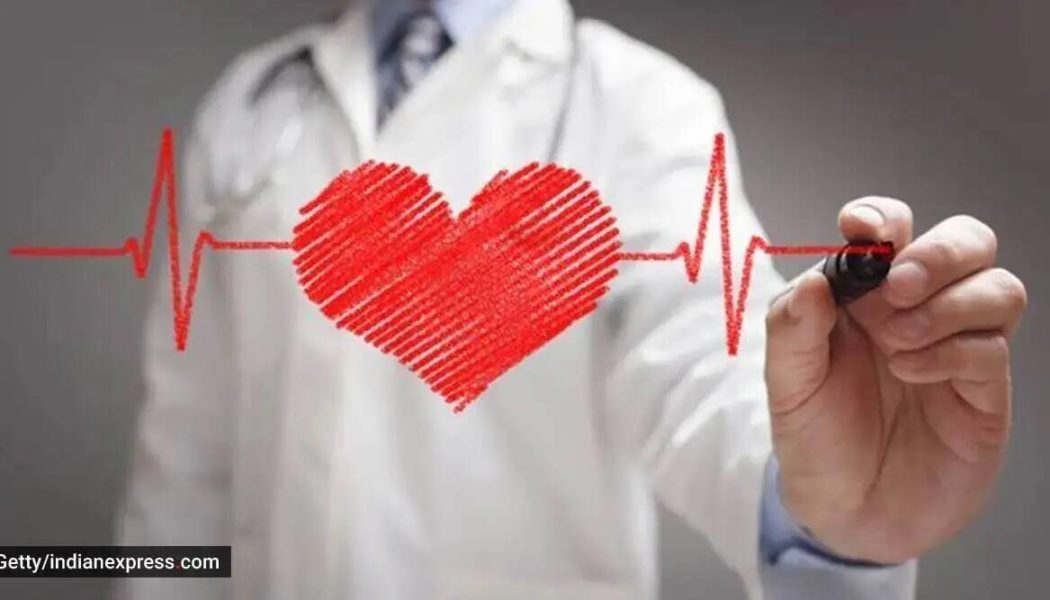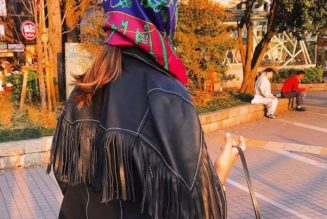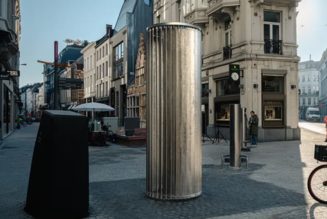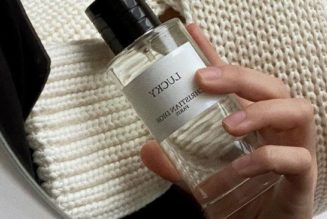Just like you care for your heart, it is important to also ensure the health of your calf muscles. What is the connection, you ask? That is because, according to experts, your calf muscles — owing to their role in promoting blood circulation in the lower extremities — are often referred to as the ‘second heart’. Looks like you are as surprised to find out about this new aspect of your body, so why don’t you join us on our quest to find out more about these muscles and their functioning?
Like the heart, which receives venous or deoxygenated (impure) blood from the body and then pumps arterial (pure) blood to the whole body for oxygen supply, the calf muscles play a major role in returning the venous blood from the legs to the heart, explained Dr Subhendu Mohanty, cardiologist, Sharda Hospital, Noida.
But when these valves become defective or weak, the second heart can get overwhelmed — such that the blood can pool in veins (and the legs due to gravity) — and lead to conditions like varicose veins, spider veins, and Chronic Venous Insufficiency (CVI).
“Not exercising the calf muscles, during long flights or drives or sitting at one place without moving for long, thus leads to pooling and clot formation. This is the reason for deep vein thrombosis in the legs, which can be very dangerous,” Dr Mohanty told indianexpress.com.
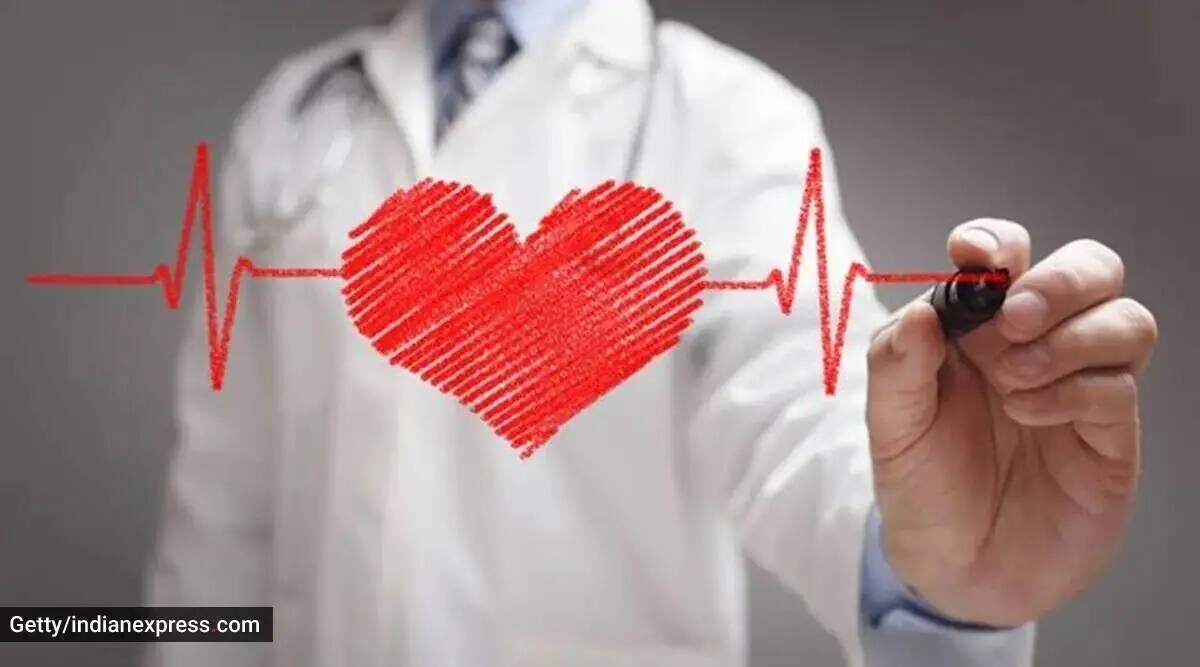 Just like heart pumps blood, so do the calf muscles (Source: Getty Images/Thinkstock)
Just like heart pumps blood, so do the calf muscles (Source: Getty Images/Thinkstock)
Concurring Prof (Dr) Ali Irani, HOD – Physiotherapy, sports medicine and rehabilitation centre, Nanavati Max Super Speciality Hospital, Mumbai, added that the calf muscles act as a venous pump, contracting and relaxing as you move, which helps push blood back up towards the heart against gravity. “This mechanism supports the function of one-way valves in the veins, preventing blood from pooling in the legs and feet, and ultimately reducing the risk of conditions like DVT and varicose veins,” he added.
According to the experts, the symptoms of DVT can include swelling in the affected area, chronic leg pain, reddish or bluish discoloration on the leg, a feeling soreness in the leg/s, and fatigue. As such, the need to stay active to avoid clot formation is imperative.
In a similar vein, The Art of Living USA page shared a reel on the need to work the calf muscles.
Advertisement
“Activating calf muscles involves contracting and relaxing them, so that aids in better circulation of blood, better sleep, lymphatic drainage, and offers myriad health benefits,” the page read.
How to activate your ‘second heart’?
*Stand on the edge of a stair (with support)
*Lift up the heels
*Push down the heels
*Repeat 5 times
*Turn feet outwards.
*Lift up the heels.
*Repeat 5 times.
*Turn feet inwards.
*Lift up the heels.
*Repeat 5 times.
*Lift up heels.
*Push down heels.
*Repeat 5 times.
Pump the calf muscles like a spring. Do it for 20-30 counts.
Advertisement
Place a yoga block on the mat. Keep the foot on the block. Bend from the hips. Pull toes up, hold. Repeat with the other leg.
Ankle/foot rotation – 10 times each – clockwise and anti-clockwise directions.
📣 For more lifestyle news, follow us on Instagram | Twitter | Facebook and don’t miss out on the latest updates!
